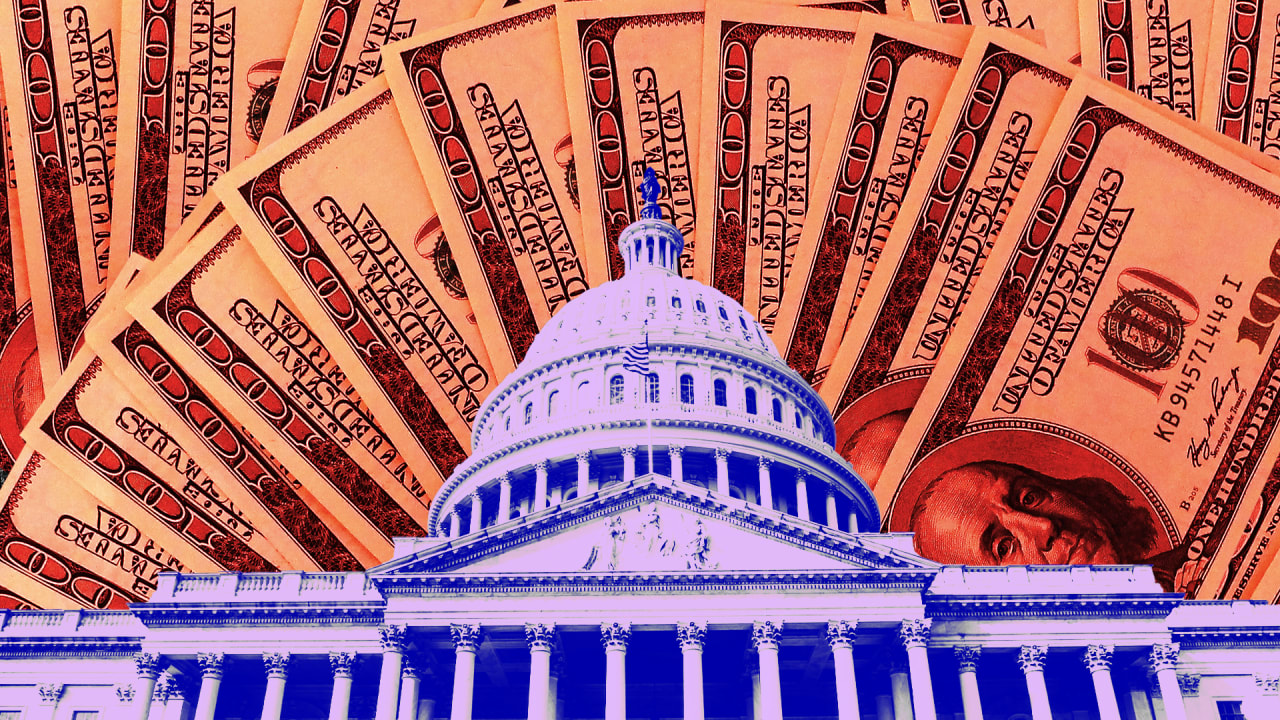The United States is prone to various types of natural disasters, including hurricanes, wildfires, floods, and earthquakes. These disasters can have a devastating impact on businesses, causing property damage, disrupting operations, and affecting revenue. To help businesses recover from these disasters, the Small Business Administration (SBA) offers disaster loans to eligible businesses. In this article, we will delve into the world of SBA disaster loans, exploring their benefits, eligibility criteria, application process, and more.

What are SBA Disaster Loans?
SBA disaster loans are low-interest loans provided by the SBA to businesses, private non-profit organizations, homeowners, and renters who have suffered damage or loss due to a declared disaster. These loans are designed to help borrowers recover from physical damage or economic injury caused by a disaster. The SBA offers two types of disaster loans: Physical Disaster Loans and Economic Injury Disaster Loans.
Physical Disaster Loans
Physical Disaster Loans are available to businesses, private non-profit organizations, homeowners, and renters who have suffered physical damage to their property due to a declared disaster. These loans can be used to repair or replace damaged property, including buildings, equipment, and inventory. The maximum loan amount for Physical Disaster Loans is $2 million, with interest rates ranging from 4% to 8%.
Economic Injury Disaster Loans
Economic Injury Disaster Loans are available to small businesses, small agricultural cooperatives, and private non-profit organizations that have suffered economic injury due to a declared disaster. These loans can be used to cover working capital needs, such as payroll, accounts payable, and other expenses. The maximum loan amount for Economic Injury Disaster Loans is $2 million, with interest rates ranging from 4% to 8%.
Eligibility Criteria
To be eligible for an SBA disaster loan, businesses must meet certain criteria. These include:
- The business must be located in a declared disaster area.
- The business must have suffered physical damage or economic injury due to the disaster.
- The business must be a small business, as defined by the SBA.
- The business must be unable to obtain credit elsewhere.
- The business must have a reasonable repayment ability.
Application Process
The application process for SBA disaster loans involves several steps. These include:
- Registering with FEMA: Businesses must first register with the Federal Emergency Management Agency (FEMA) to obtain a registration number.
- Completing the SBA Loan Application: Businesses must then complete the SBA loan application, which can be done online or by mail.
- Providing Required Documentation: Businesses must provide required documentation, including financial statements, tax returns, and proof of ownership.
- Receiving Loan Processing: The SBA will process the loan application and make a determination on eligibility.
- Receiving Loan Disbursement: If approved, the loan will be disbursed to the business.
Benefits of SBA Disaster Loans
SBA disaster loans offer several benefits to businesses affected by natural disasters. These include:
- Low Interest Rates: SBA disaster loans offer low interest rates, ranging from 4% to 8%.
- Long Repayment Terms: SBA disaster loans offer long repayment terms, up to 30 years.
- No Collateral Required: SBA disaster loans do not require collateral for loans up to $25,000.
- Flexibility: SBA disaster loans can be used to cover a variety of expenses, including working capital needs and physical damage.
Frequently Asked Questions (FAQ)
- What is the maximum loan amount for SBA disaster loans?
The maximum loan amount for SBA disaster loans is $2 million. - What is the interest rate for SBA disaster loans?
The interest rate for SBA disaster loans ranges from 4% to 8%. - Can I use an SBA disaster loan to cover personal expenses?
No, SBA disaster loans can only be used to cover business expenses, such as working capital needs and physical damage. - Do I need to have insurance to be eligible for an SBA disaster loan?
No, you do not need to have insurance to be eligible for an SBA disaster loan. - How long does it take to receive an SBA disaster loan?
The time it takes to receive an SBA disaster loan can vary, but it typically takes several weeks to several months.
Conclusion
SBA disaster loans are a vital resource for businesses affected by natural disasters. These loans offer low interest rates, long repayment terms, and flexibility, making them an attractive option for businesses looking to recover from physical damage or economic injury. By understanding the benefits, eligibility criteria, and application process for SBA disaster loans, businesses can take the first step towards recovery and get back to operations as quickly as possible. If you are a business owner who has been affected by a natural disaster, we encourage you to explore the options available to you through the SBA’s disaster loan program. With the right support and resources, you can rebuild and come back stronger than ever.
In summary, SBA disaster loans are a lifeline for businesses affected by natural disasters, providing them with the necessary funding to recover and rebuild. By taking advantage of these loans, businesses can minimize their losses, restore their operations, and get back to serving their customers and communities. Whether you are a small business owner or a large corporation, SBA disaster loans can help you navigate the challenges of disaster recovery and emerge stronger and more resilient than ever.
Closure
Thus, we hope this article has provided valuable insights into SBA Disaster Loans: A Lifeline for Businesses Affected by Natural Disasters. We hope you find this article informative and beneficial. See you in our next article!